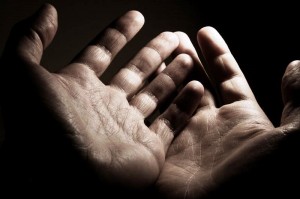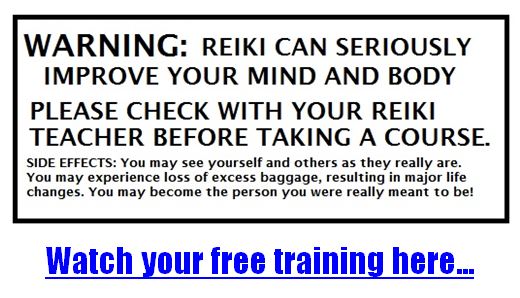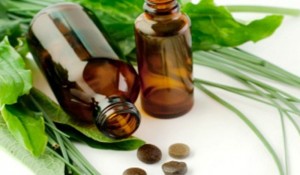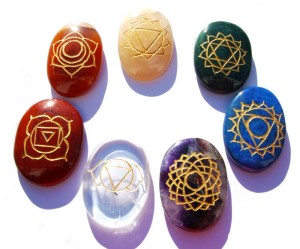 By: Christy Lynn Abram / Source: Mind Body Green
By: Christy Lynn Abram / Source: Mind Body Green
For those of us who live paycheck to paycheck, there’s a level of frustration that lives within us. Our attachment to “not having enough” is so strong it drives us to act on impulse, “stress out” or live in fear. Think about it, how many people do you know who hate their jobs but stay there because they fear they won’t get another?
If you’re having trouble creating and maintaining abundance is your life, you may be working with a blocked root chakra. The root chakra is our connection to the physical world. There, we gain the tools to attain wealth. Keep in mind that wealth doesn’t always mean money. True abundance resides within. However, you must learn how to access it.
Below is a simple five-step technique you can use to attract abundance into your life:
1. Identify the source of your discomfort.
Do you hate your job? Do you fear going for your dream because you feel you’ll never achieve the life you want? Digging within will help you recognize the thoughts and emotions that may be limiting your success. Nurture your fear and anxiety by accepting your current situation and making a conscious decision to create the results you desire.
2. Release what isn’t working.
Once you’ve identified the source of your lack, it’s time to release it into the ether. Get out a piece of paper and name your uneasiness. Start your sentence with “Dear … (list discomfort), I thank you for your concern but I no longer need you. You’ve taught me to trust myself and the process that (your deity) has in place for me. I ask that you leave in peace and continue to send blessings my way.” The next step is to release it. Burn it or tear it up, whatever works for you.
3. Create a security plan.
You’ve identified your discomfort and bid it good riddance. The next step is to create a success plan. The root chakra loves structure, so creating a security plan will help you with activating the root. Write the goals you wish to attain in order.
Remember to affirm your desires in the NOW. For example, instead of saying, “I want to attract more money,” say, “I am fully capable of attracting abundance. Wealth is all around me!” Be practical and set realistic goals. Think about where you would like to see yourself in one, three and six months.
4. Energize your root.
Now that you have your security plan in tow, let’s give it some energy! Fold your security plan four ways. As you fold your plan, affirm your desires and give thanks to your higher self for assisting you through this process.
When your paper is folded, hold your plan near your root (base of your spine) and imagine a bright red light illuminating it. Feel the warmth of the light radiating from your hand to your root and draw your attention to how good it feels to create your wish.
5. Keep on moving.
The last step is ACTION! Yes, you’ll have to do some work to catch up to your abundance. Too often, people believe that their desires will drop into their laps. Though I’ve witnessed some pretty amazing miracles, I know action is the main component of turning dreams into reality. Play close to attention to inspired thought.
The way you recognize inspired thought is that it usually comes out of nowhere (through a person, place or directly from your Divine Source) and answers the questions you’ve been asking. It’s our cosmic aha moment. Please don’t make the mistake of second guessing yourself. If it feels good, move on it!
The more you work with your root you’ll see measurable changes in your life. Remember, the key to building the life you desire is removing your preoccupation with money and focusing on creating abundance. Abundance is plentiful. Money comes and goes. You have the power, use it. You’re more abundant than you know.





